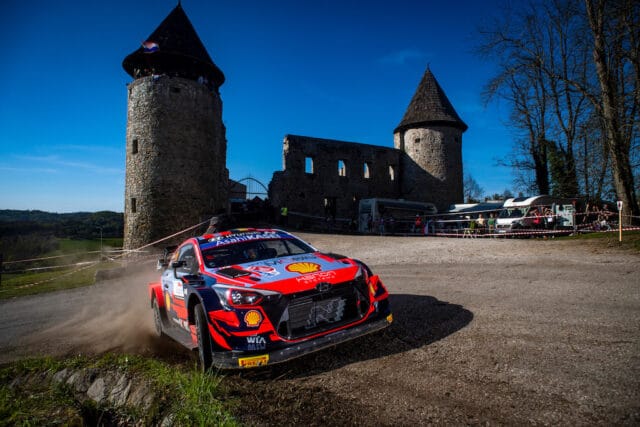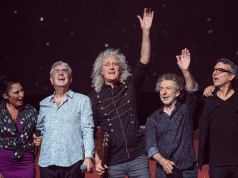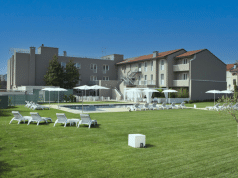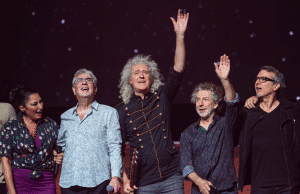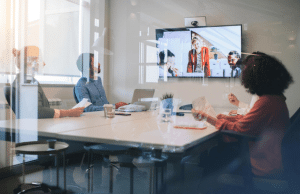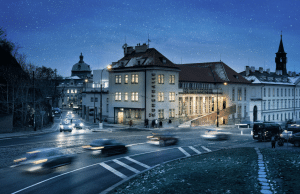Of course, streaming service providers like Netflix are not alone. There are countless good practice examples in sports as well. As a fan of high-octane sports, I recently delved into the WRC – World Rally Championship business model, from which we can really learn a lot. If you did not know, WRC’s marketing department is run by the Munich-based company WRC Promoter GmbH, which is a joint venture of Red Bull Media House and KW 25. In the opinion of many (and me included), Red Bull is by far the largest event organiser in the world – making this “behind the scenes” article even more interesting.
When Red Bull Media House is involved, it’s usually the real deal. The guys at Red Bull have mastered their craft and I often present their events as good practice cases. The name “media house” alone tells a lot. It points in the direction modern events are heading – shifting from a one-time happening to a full-blown media production house. Not only sports events, but all events. There is also a lot to learn from their e-sports portfolio, where they have been active since 2008. This field is a real treasure trove of ideas for marketing and monetizing events. Red Bull is a storyteller, arguably one of the best in the world.
When it comes to the World Rally Championship, there is another organisation that plays a crucial role. The FIA (Fédération Internationale de l’Automobile) is the world’s leading motorsport governing body, bringing together 245 organizations from 146 countries. Its most prominent role is in the licensing and sanctioning of Formula One and WRC, which has been taking place in its current format since 1973. Their role is primarily focused on quality and ensuring high organisation standards.

15 THINGS WE CAN LEARN FROM WRC
1. No compromises when it comes to content
When it comes to content, WRC does not deviate from its high production standards. Top-notch technical support, drivers and organisation are the foundations of the story that has been attracting crowds for 48 years. On the other hand, digitalisation has allowed millions of rally fans from around the world to watch their premium content.
What can we learn from this?: As meeting planners, we need to learn how to create and tell captivating stories. We mustn’t compromise in this field, as the result is often catastrophic.
2. Who owns the content?
This is especially important in the current age of digital events. If you don’t own the content, you won’t be able to monetise it. Monetising content is the key to financially sustainable events. WRC is also very meticulous and precise when it comes to protecting intellectual property rights.
What can we learn from this?: Having standards in place for handling intellectual property at events is vital. Otherwise, you will not have the right to monetise a single piece of content from a lecturer speaking at your event.
3. Anywhere & Anytime
This has long been a well-known RedBull paradigm, successfully implemented at WRC as well. The global reach of the 2020 season? 836 million TV viewers, a social media community of 4,1 million fans, 140 million online video views and 1.4 billion online impressions. The numbers don’t lie.
What can we learn from this?: Today, even local events can be globalised. However, you can only do this provided you have enough content at your disposal to “feed” all communication channels throughout the year.
4. 360-degree approach
WRC uses all communication channels available today. They address their fans holistically and the result is exceptional brand recognition. Using individual tools, the rapid growth of video content has been noticeable, especially in the last period. In 2019, they created 9860 hours of video content.
What can we learn from this?: In terms of communication, it pays to think more broadly, developing all channels, where our fans are present. In the case of WRC, well-developed communication channels are also the result of having an excellent content management team as part of the organisation team.
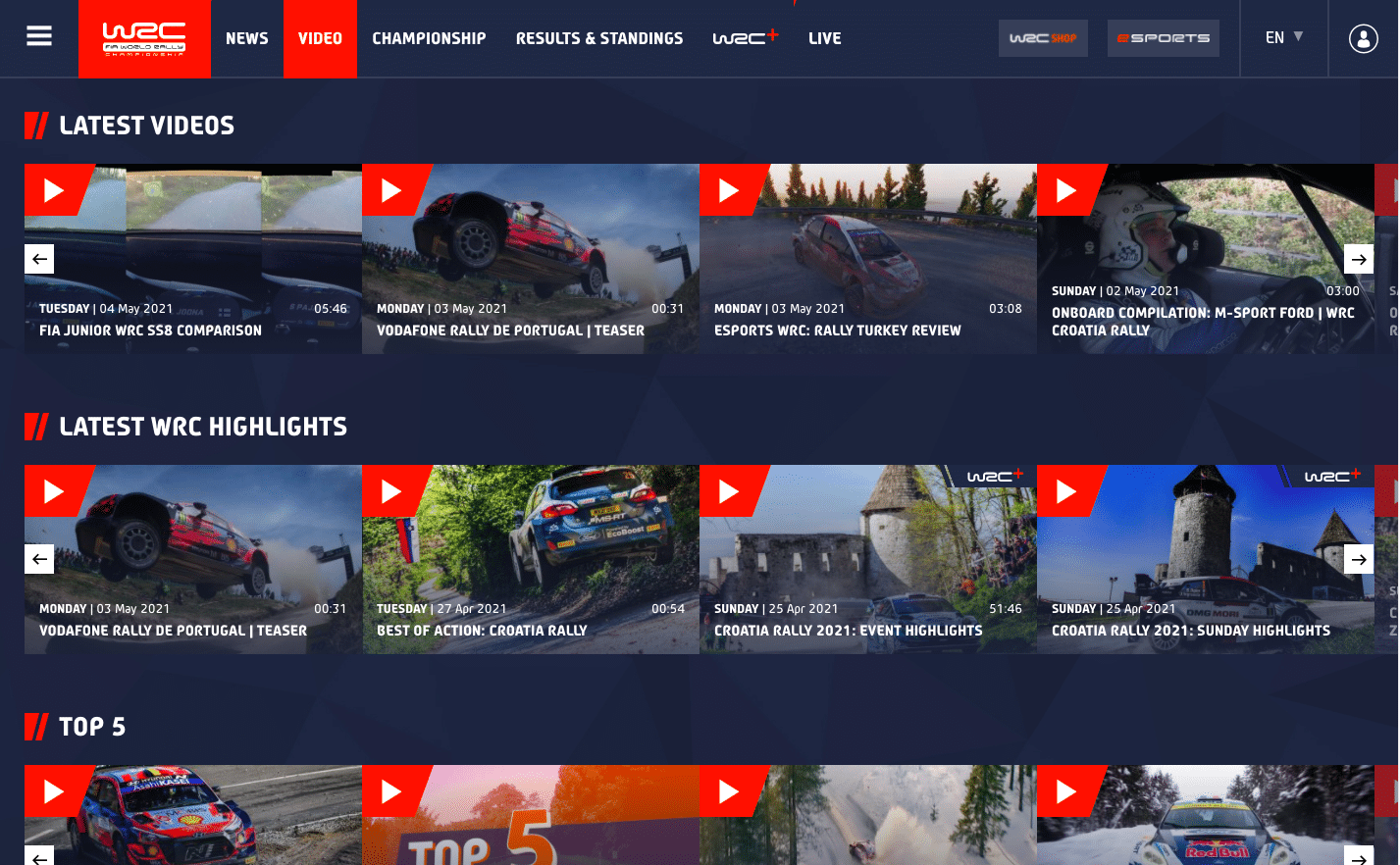
5. Digital activation
WRC communication is based on personalised content – this is the foundation for all other forms of activation taking place through social networks and their YouTube channel. The package also includes a mobile app, the WRC Game and WRC + (live streaming channel). From my experience, everything works extremely well and is wonderfully integrated with the WRC brand.
What can we learn from this?: Figuring out how to activate event participants through their computer screens has been keeping us busy throughout this pandemic. Digital activation is something that will separate the best from the average meeting planners. It seems as if we are turning into integrators of content.
6. Influencers – Heroes
It’s clear who the real WRC influencers are. They are the masters of speed, who you quickly fall in love with also because of the extraordinary stories they tell. The way WRC presents its drivers can be considered the first league of influencer marketing. For the duration of the rally season, the drivers are not just drivers, they are mega influencers.
What can we learn from this?: There are influential people in every professional field. They are often niche micro influences and it’s up to the meeting planner to include them into the story of the event. I believe this will be one of the key ingredients of successful events in the future.
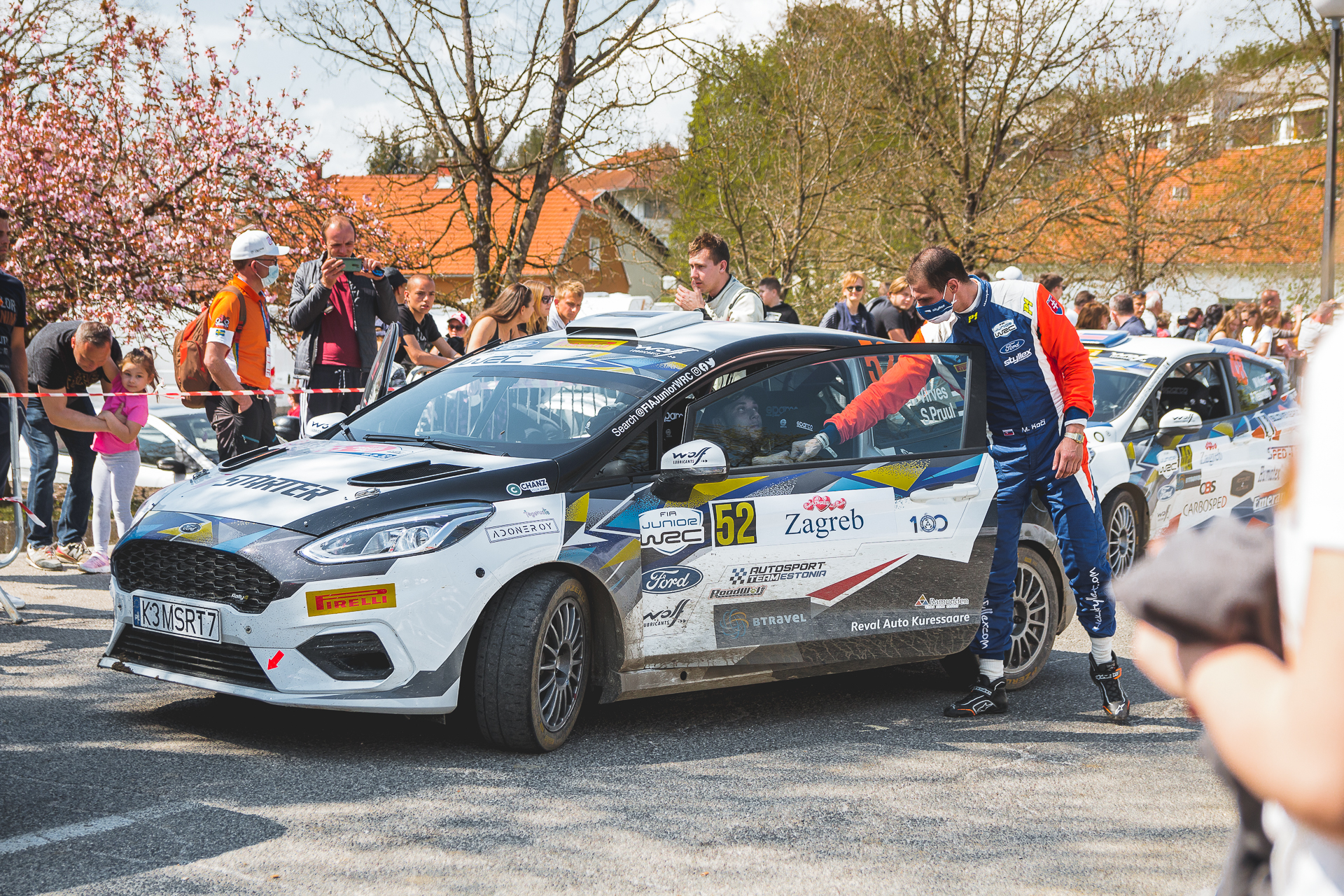
7. Build your own media
WRC has developed a plethora of privately owned media with incredible reach. This is fully in line with the business philosophy of Red Bull Media House. The key components are WRC TV, WRC Digital and their communication anchor – the www.wrc.com website. Relationships with other media, which number over 1300, connected via the Media Room, also play an extremely important role.
What can we learn from this?: If your event is entirely dependent on other media, chances are the results will not be as good. If your event takes place every year, consider developing your own media that will help you build a fan base and improve the ROI of the event. However, this is an area that requires completely new knowledge.
8. All year around
By definition, an event is a one-time thing. WRC could not be further from this definition, as it takes place throughout the entire year. In addition to the 12 rallys, esports events, promotional events and a range of other activities take place in parallel through the various WRC platforms.
What can we learn from this?: Events should be transformed into 365/24 experiences. Think about how powerful of a communication platform could become in the future.
9. Event Rights
WRC has a clear, detailed system for managing event rights in the fields of advertising and event activations. Handling the public use of their corporate identity, photos, licensed products and content has been coordinated down to the last detail. So have all the details regarding the hosts of the event, official WRC accommodation providers and tourist destination promotion.
What can we learn from this?: A precise system regarding event rights is the key to a successful sponsorship story that goes beyond classic sponsorship packages. We need to consider how this approach can be used in the organisation of conferences, congresses and other events.
10. Licensing
Royalties from licensing the WRC brand generate a lot of revenue. A great example is the WRC Playstation game, as well a range of other products and services that use their logo.
What can we learn from this?: Licensing rights may not be sold for every event. But it’s definitely worth considering if you are organizing larger events that have a wide base of followers.

11. Live Stream
WRC Live Stream has become the standard during the corona crisis. They have taken the live stream to another level, turning it into so much more than just a TV broadcast. This is especially important because of the inaccessibility of some of the WRC stages. With the WRC + program, the race is accessible 24/7 anytime, anywhere, through a robust system provided by Tata Communications.
What can we learn from this?: Event streaming has become the norm you need to ensure during the pandmeic, albeit in its simplest form. At the same time, it is one of the most effective tools of monetization.
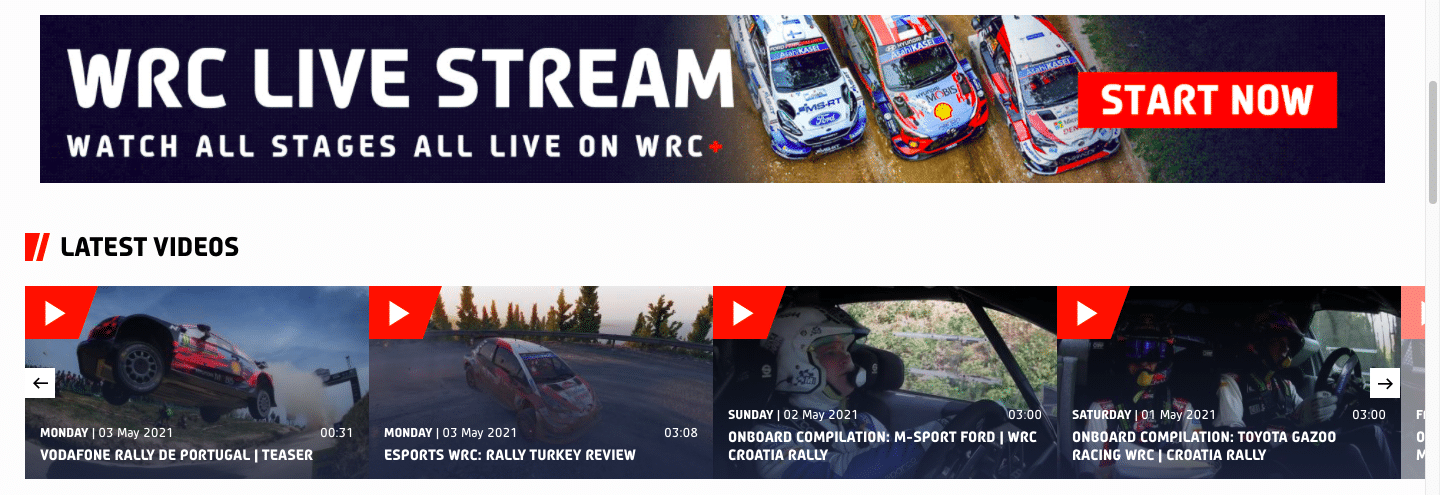
12. Monetisation – WRC+ All Live
The key to successful monetization is microbilling, effectively carried out through the WRC + platform. It’s a great example of an anchoring marketing model that provides fans access to enriched content through annual and monthly subscriptions. These include HD Content, Live Maps, and video content that other viewers do not have access to.
What can we learn from this?: Meeting planners have an abundance of options when it comes to monetisation. Still, we need to make sure that all the elements we want to monetize create added value for our audience. This is another area, where the future of the meetings industry will be created.
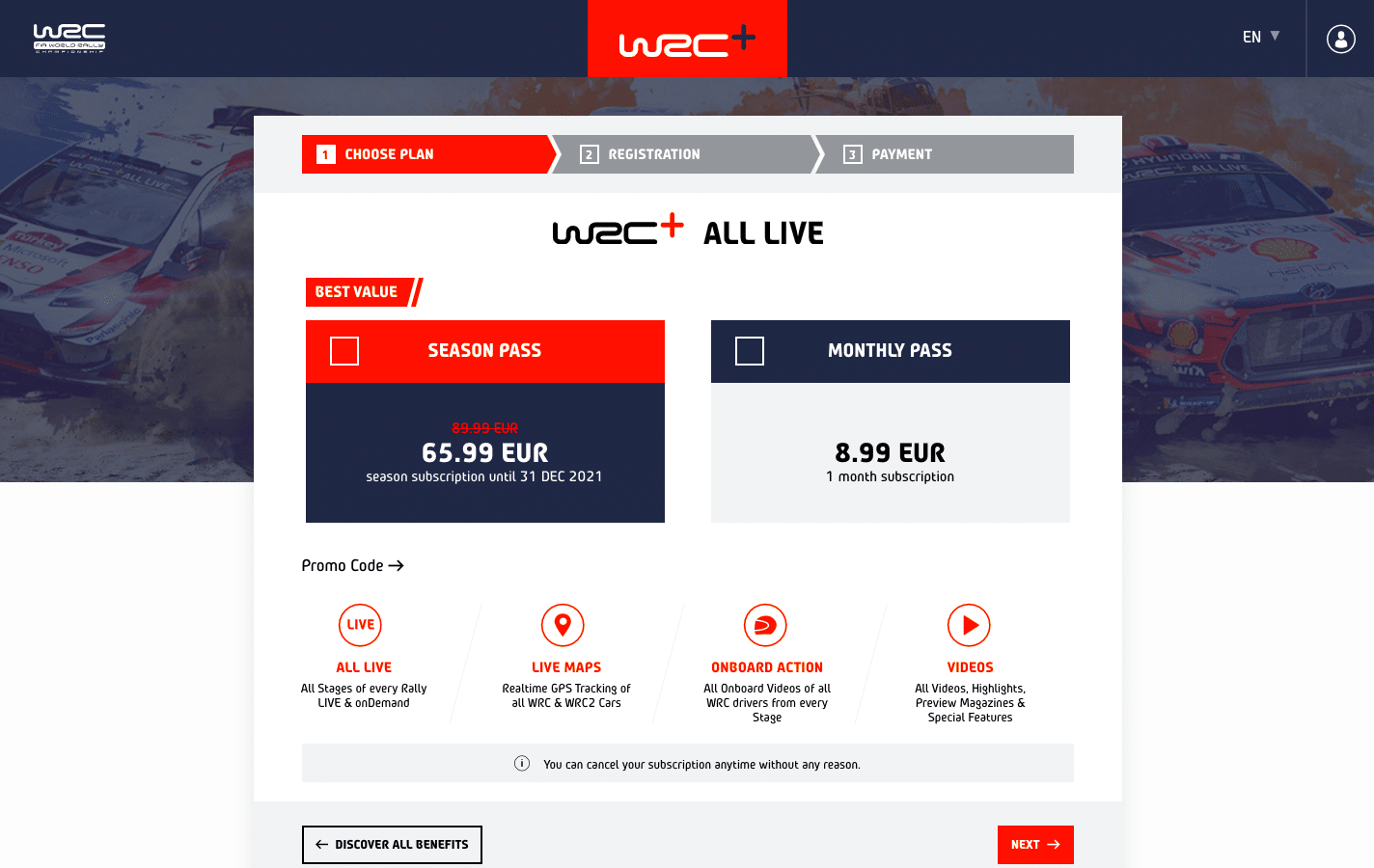
13. Merchandising
Part of the revenue is also tied to the selling of merchandising such as t-shirts, hats and other licensed products at the events, as well as online through the WRC shop. Buying merch seems almost mandatory among fans and has become kind of a status symbol.
What can we learn from this?: Selling fan products at major events is often overlooked. It seems too complicated, but if we look at the WRC model, this can be ellegantly incorporated, even for a scientific congress.
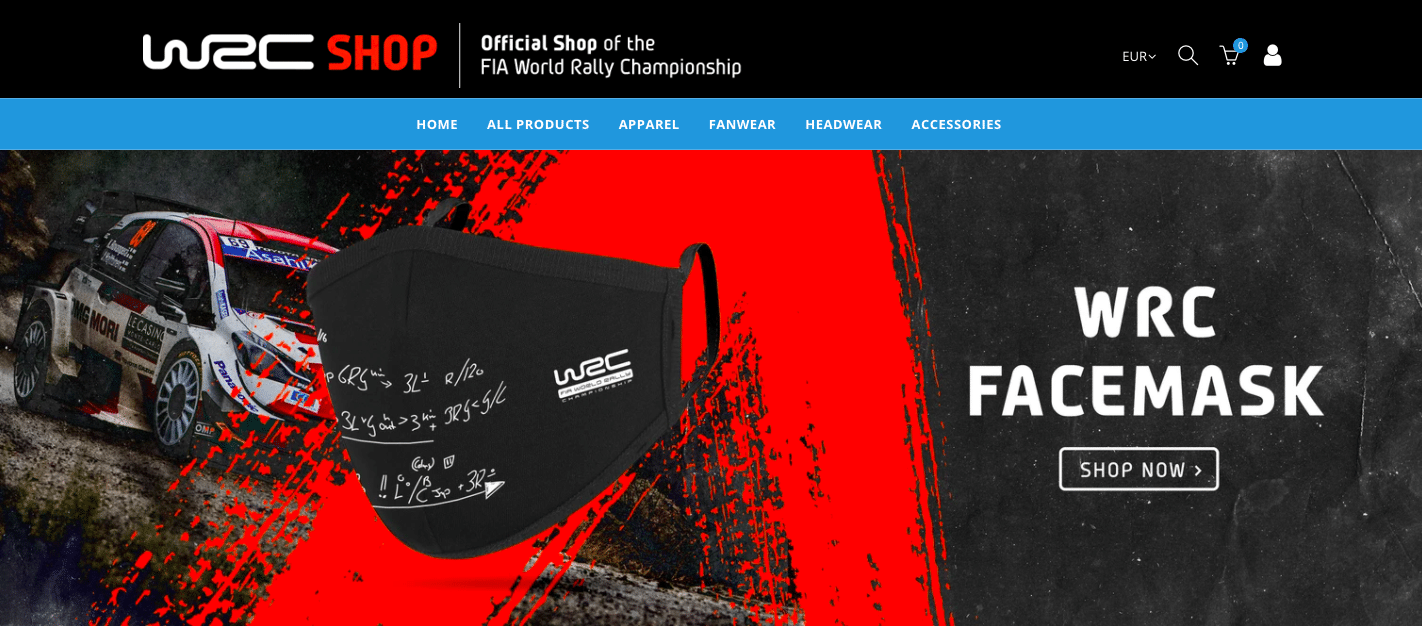
14. Happenings & Hospitality
Selling different packages to visit the WRC is an established practice. Their shop includes a variety of packages, from a one-day race visit to premium experiences, like the co-drive package or VIP status. They also provide special zones, where you can get closer to your heroes. It’s a textbook example of a well-crafted hospitality model.
What can we learn from this?: Most successful meeting planners have mastered this part of the event experience, but the secret lies in the smart integration of packages and knowing the needs of the participants.
15. Fans
WRC was watched live by over 4 million spectators before the pandemic, along with 11 million digital followers. The rally has an extremely loyal audience, spending 55 EUR on average at each rally (WRC Factbook 2020). Among the fans, 69% are men, and 47% are in the age group of 16 to 34 years.
What can we learn from this?: The conclusion is quite simple. The wider your fan base, the easier it will be to organise your event. So start building a database and create a community around your event.
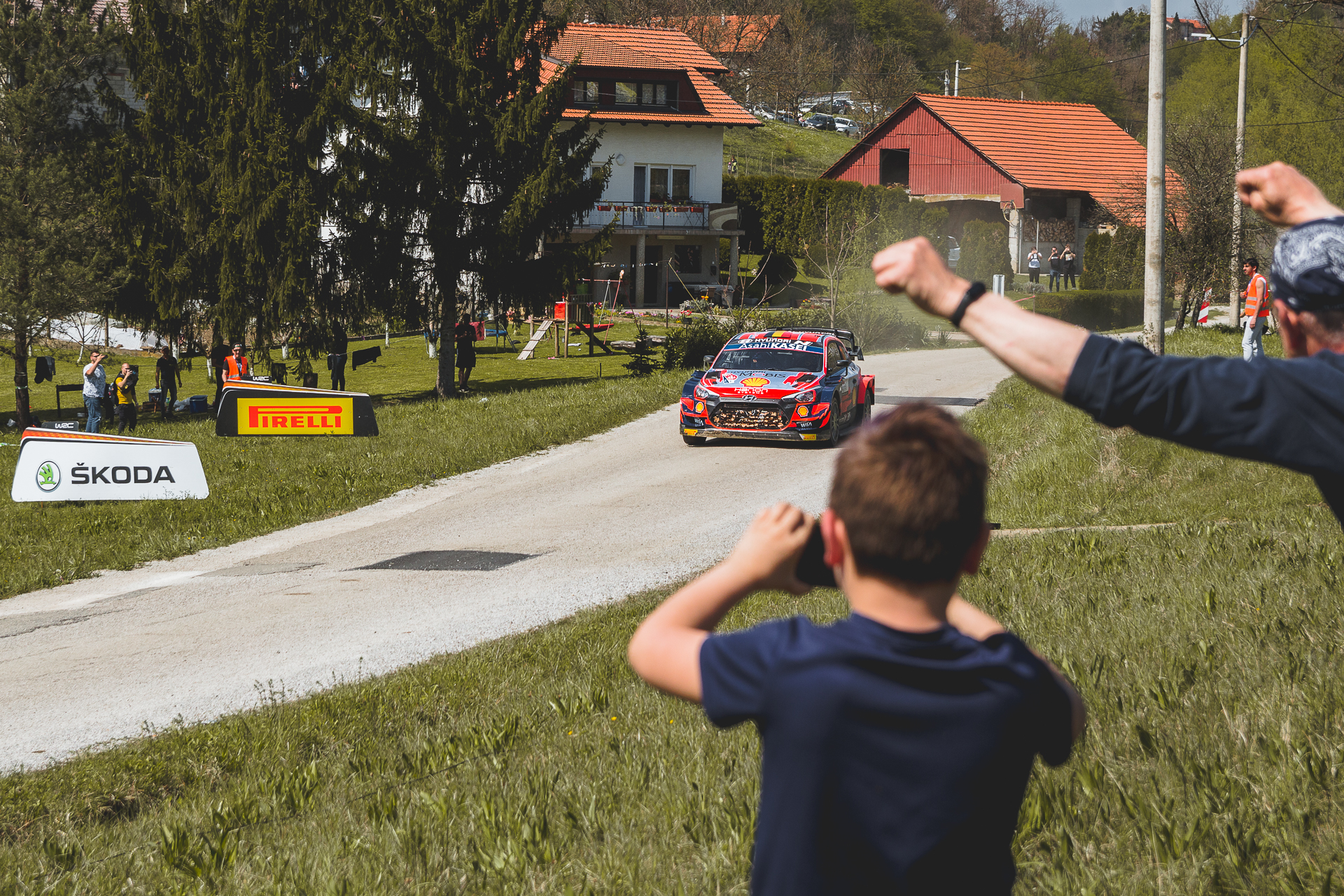
Amateurs go fast, while professionals go far…
Check out their factbook at: https://www.wrc.com/?proxy=redaktion/factbook/index.html#0
The key challenge for most organisers, however, is integrating everything into a sturdy, well-functioning system. This requires a lot of knowledge, resources and creativity. Perseverance and long-term thinking is where you can make a difference.


